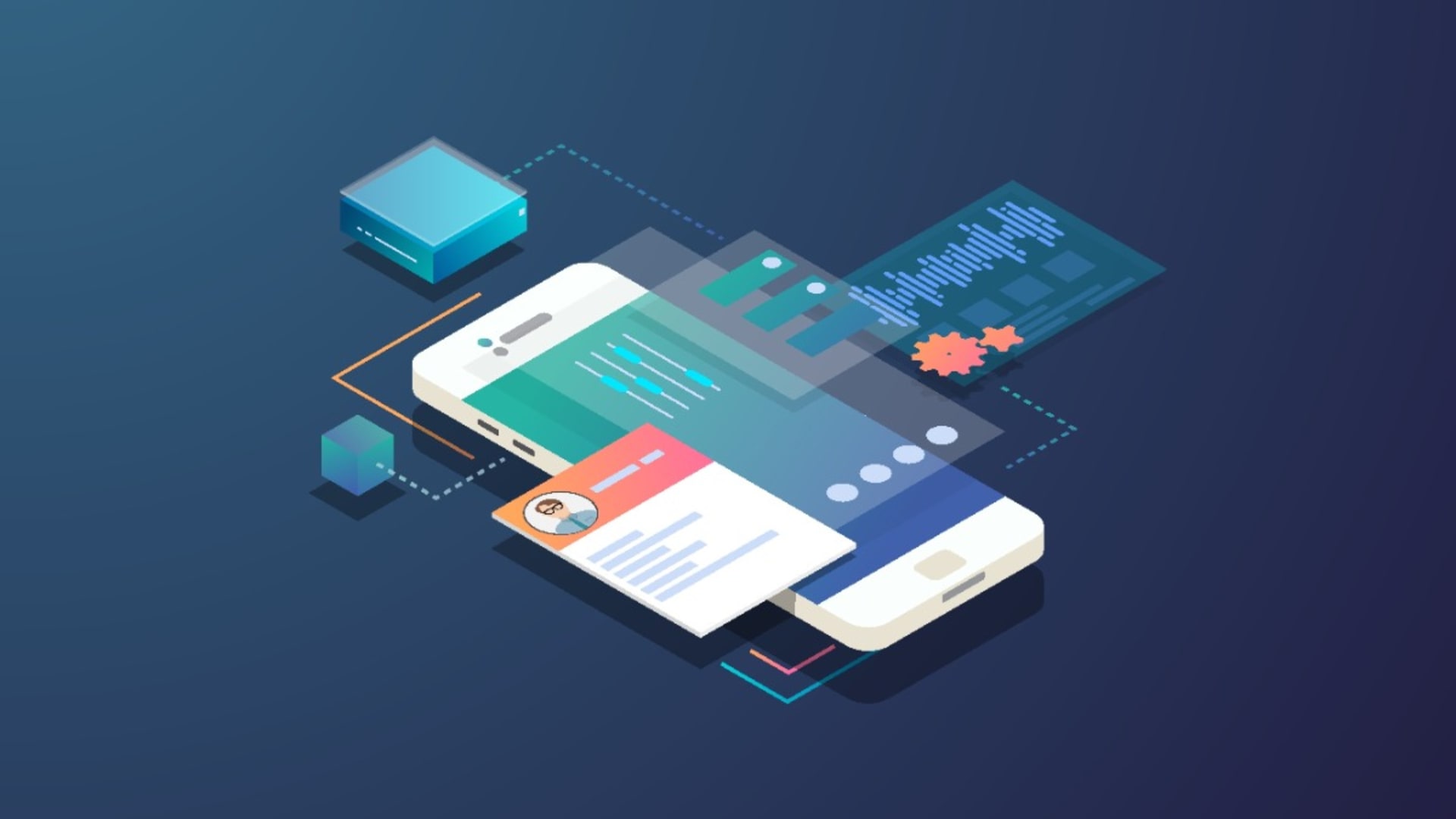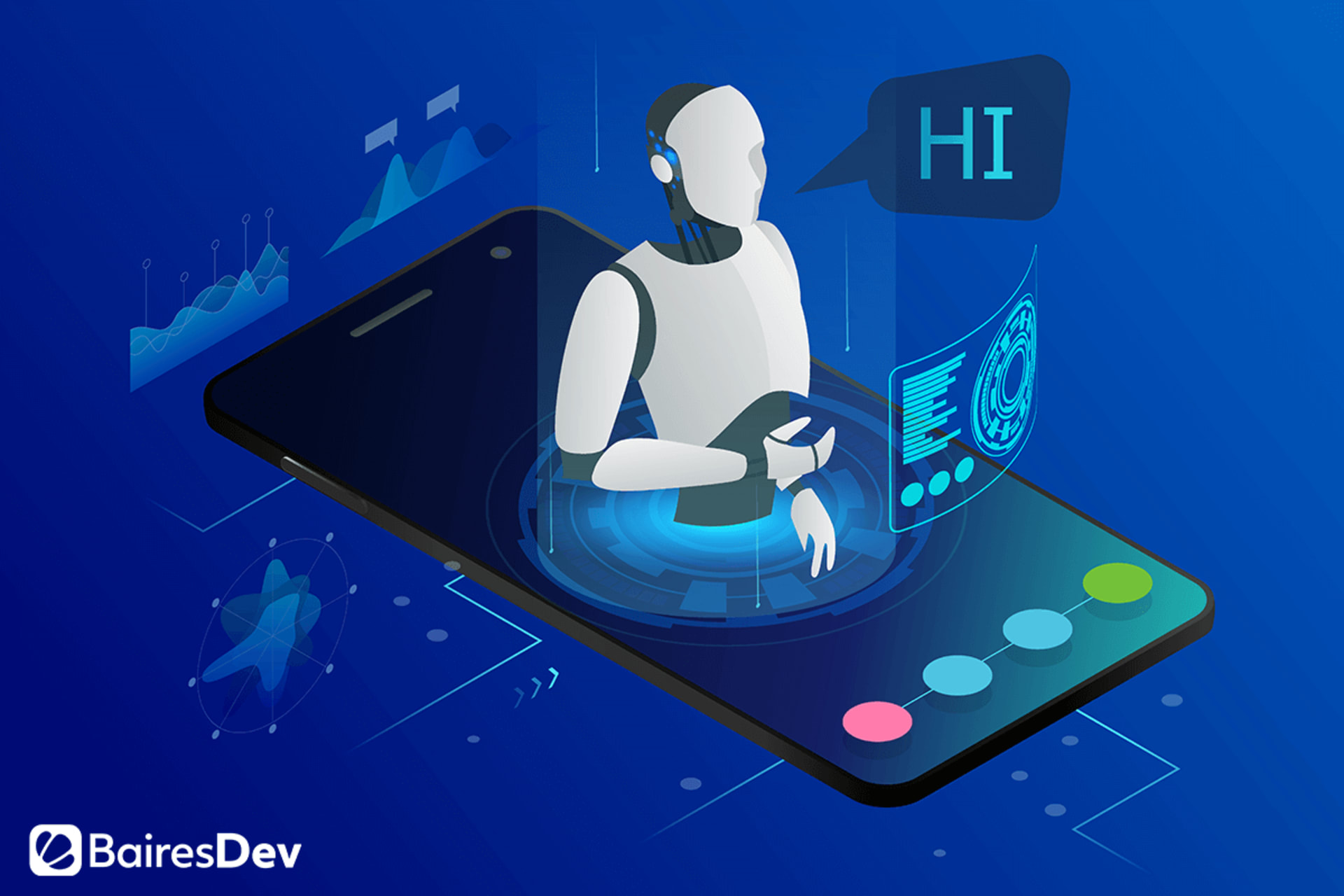Android App Development
Access the top 1% of LATAM tech talent within 2 weeks. Create beautiful, secure Android apps to engage and convert mobile users.
500+ companies rely on our top 1% tech talent.
Android App Development Services We Provide
Custom Android App Development
Turn your idea into a functional, user-friendly Android application. Work with the top 1% of Android app developers and get your app published in the Google Play Store.
Using programming languages like Java and Kotlin and tools like Android Studio, we develop scalable, high-performing apps.
UI/UX Design
Developing apps is only half the battle. Your Android apps should also be user-friendly, attractive, and engaging.
Our UI and UX designers conduct user research, create detailed user personas, and follow an iterative design process. The result? Responsive, navigable, and accessible app designs that delight end users.
Cross-Platform Development
Want to speed up your mobile application development? Create apps that run on both iOS and Android platforms using a single codebase.
We use tools like React Native, Flutter, and Xamarin to build apps that work smoothly and look consistent on both iPhones and Android phones, as well as on desktop web browsers.
Integration Services
Add new features to your app easily by integrating it with third-party APIs.
Payment gateways. Maps. Authentication services. These off-the-shelf integrations not only accelerate the development process but also lead to a feature-rich app.
QA and Testing
No mobile app development process is complete without rigorous quality assurance testing. Using a combination of manual and automation testing, we perform a thorough assessment of your Android app. Then, we work with the development team to resolve bugs and deliver a secure, performant app.
Android App Migration and Updates
Keep your app updated with the latest Android OS versions and device configurations. Incorporate new features, address security concerns, and optimize performance. We use tools like Kotlin Migration Assistant, Git, and Android Studio to maintain a smooth user experience.
Key Facts About Outsourcing Android App Development
Best Practices for Android App Development
Android has evolved considerably over the years. Here are some industry-standard best practices we follow for high-quality app development.
The design of an Android app is just as important as the development. Here's how we create an attractive, user-friendly app:
We conduct in-depth user research to build intuitive, navigable, and user-friendly apps. This may involve surveys, focus groups, competitive analysis, persona development, and more.
Responsive design means that your app layout adapts to different screen orientations, resolutions, and sizes. We ensure that your Android app is responsive and looks beautiful, whether it’s on a Samsung tablet or Google Pixel phone.
We know that accessibility is a chief concern. We follow accessibility guidelines so that your Android app is usable by individuals with different abilities. Examples of accessible design features we've implemented include proper keyboard navigation, alt text for images, and system widgets.
We follow Google's Material Design Guidelines, including components and principles, to build a cohesive, consistent, and visually appealing user interface.
Our approach begins with a plan based on your goals and requirements. We follow these guidelines to map out our development plan.
We adhere to Google Play Store policies to ensure your app meets the necessary requirements.
We use Java or Kotlin to build efficient Android applications. Kotlin is Google’s preferred language for Android development, while Java’s widespread use and rich libraries make it a strong contender for complex projects. Both are supported by Android Studio, a popular IDE for Android apps.
Using Android Architecture Components, we implement architecture patterns like Model-View-ViewModel (MVVM) or Model-View-Presenter (MVP). This improves app structure and Separation of Concerns (SoC).
We follow the principles of modular programming by organizing the codebase into modular components, making it more maintainable and reusable.
Leveraging background threads and keeping memory consumption low, we optimize your Android app for performance and responsiveness.
Throughout development, we maintain comprehensive, up-to-date documentation for our codebase, functionality, and APIs.
QA testing is crucial for ensuring the quality of an Android app. We create a comprehensive QA testing plan for maximum coverage.
We conduct a variety of assessments, including unit, security, integration, and user acceptance tests. Our detailed plan outlines objectives, data, test cases, and testing environments.
The QA team is involved from the earliest development stages. We test and release the app early and incrementally. This allows us to avoid large-scale merge conflicts and problems debugging after extended periods of development.
Our test plan includes both automation and manual testing for comprehensive coverage. We automate test cases that are repetitive, such as regression and compatibility tests. Meanwhile, we use a manual approach for usability and exploratory testing.
It's important to test across different environments and conditions. That's why we evaluate the app's behavior under various network conditions, including 4G, 5G, Wi-Fi, and low to no connectivity conditions. We also test across different Android OS versions.
Why Choose BairesDev for Android Mobile App Development?

Customized App Development
We specialize in creating custom apps. During our Android app development process, we work closely with you to understand your business requirements and craft a plan to build user-friendly, discoverable apps. We will also keep you informed about our progress throughout the development cycle.
Top 1% of Android App Developers
We hire only the top 1% of nearshore Android developers. Our thorough vetting process assesses both technical knowledge and soft skills, ensuring that we work with only the best developers in Latin America.
Flexible Engagement Models
We offer three flexible engagement models: staff augmentation, dedicated teams, and end-to-end software outsourcing. Whether you want one Android developer or an entire mobile app development team, we have a model to suit your needs.
Our process. Simple, seamless, streamlined.
We'll start by discussing your goals for your Android app, including the engagement model that's best for your business. We'll also review your budget, timeline, and requirements.
After determining the approach we'll use, we will choose the best-fit Android developers and team members to build your app autonomously or work side-by-side with your internal team.
Once we've assembled your team, we'll get to work. No matter which engagement model you choose, you'll retain oversight. We'll keep you fully informed throughout development.
Frequently Asked Questions (FAQ)
Outsourcing to an Android app development company involves partnering with a professional team of developers who specialize in creating mobile apps for the Android operating system. We offer three engagement models: staff augmentation, dedicated teams, and software outsourcing. Each model represents a different level of involvement from the client, from augmenting your team with one or more developers to building an entire team to complete your app autonomously.
Yes, you can hire outsourced Android app developers on a full-time basis. Through our three engagement models, we provide skilled developers who work exclusively on your engagement. Hiring full-time, outsourced developers offers the advantage of having committed team members focused on your specific requirements.
You can build a wide range of applications for Android devices, such as social networking apps, e-commerce apps, healthcare apps, finance apps, gaming apps, travel apps, and utility apps. The versatility and flexibility of the Android framework enable developers to create applications for various industries and user needs.
A mobile app development company like BairesDev specializes in custom Android app development. We understand that each business has unique requirements, and we offer tailored solutions to meet those needs. Our experienced developers can create custom Android applications from scratch or customize existing apps to align with your specific business goals and objectives.
When developing your Android app idea, the selection of technology and tools plays a crucial role in determining the overall cost. Using advanced or cutting-edge technologies can offer enhanced features but may lead to higher costs due to licensing fees or the need for more specialized Android app developer skills. On the other hand, choosing open-source tools can be more cost-effective, though it might come with some limitations in functionality.
The key is to find the right balance between functionality, performance, and your budget to choose the best technological approach for your project.
How Businesses Can Overcome the Software Development Shortage
BairesDev Ranked as one of the Fastest-Growing Companies in the US by Inc. 5000

See how we can help.Schedule a Call










